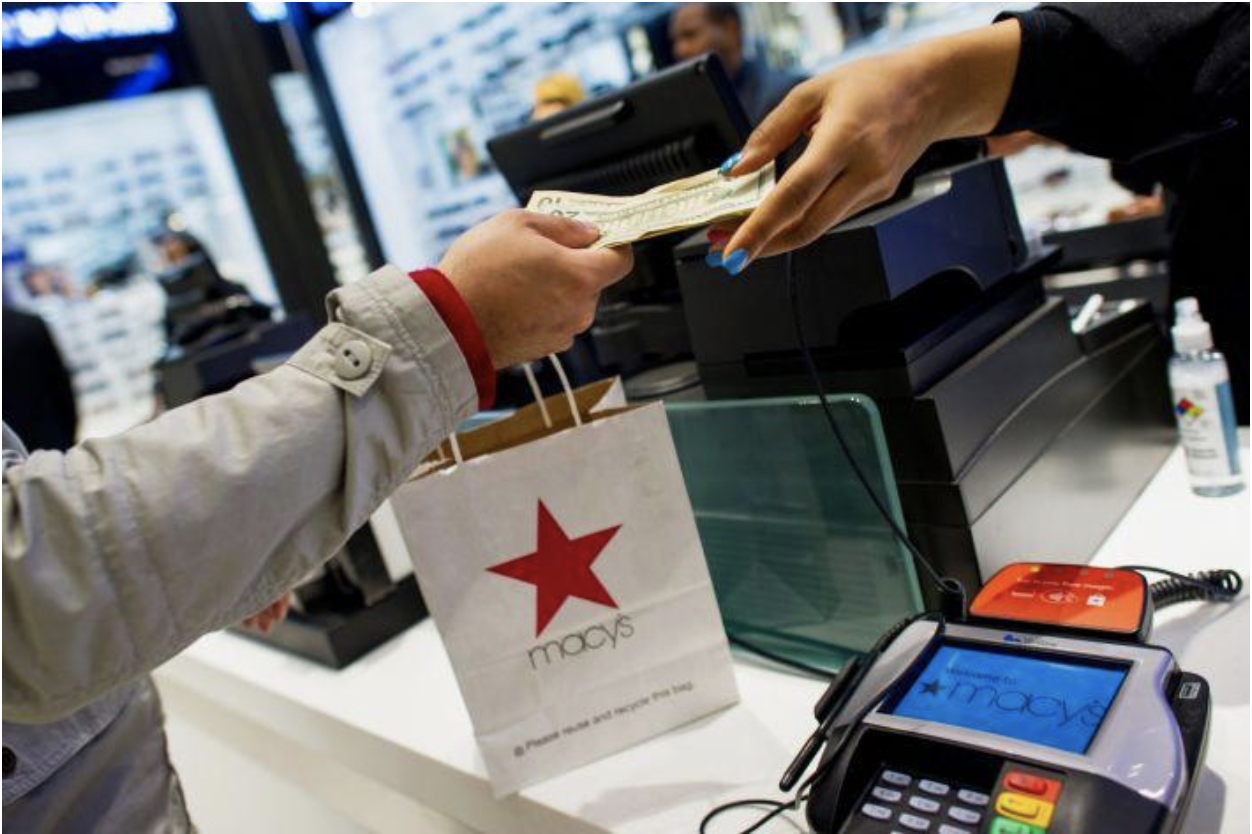
MAE ZHENG – MARCH 7TH, 2019
In 2018, the U.S. saw a 3.4% GDP growth in the third quarter and a 3.9% unemployment rate in December, maintaining its status as the leading global economy. From these metrics, we see that the U.S. economy has been thriving since higher employment results in greater production and a stronger economy. However, the macroeconomic metrics are not necessarily providing a full picture of the economy. In order to assess the current status of the economic health, we need to look beyond those statistics. Therefore, aside from the macroeconomic models, what do people actually think about the economy?
Since the beginning of 2019, the negative political climate, such as the threat of an increase in tariffs during the trade war with China, has increased market volatility and incited fear of an economic downturn. This decrease in consumer sentiment is measured by the Consumer Sentiment Index (CSI), an index published monthly by the University of Michigan that measures near-time consumer attitudes on business and economic climates. The CSI is calculated from data collected through phone interviews conducted on a monthly basis, and is commonly used to gauge people’s degree of optimism about the state of U.S. economy.
In January 2019, the Consumer Sentiment Index dropped to its lowest level since October 2016, during the last U.S. Presidential election. The 7.8% decline in consumer confidence signifies the general public’s growing pessimism towards the business and economic climates. With a decrease in consumer confidence, consumers are less willing to spend their income, which has a profound impact on the economy, especially in the financial markets. For example, toward the end of 2018, S&P 500 experienced one of the biggest declines in almost a decade, decreasing close to 12% in value in a span of 11 days from December 13th to 24th.
What forces are driving down consumer sentiment? The trade war between the U.S. and China, the tightening of monetary policy and its estimated negative impacts on the economy, as well as the continuous increase of unsecured and subprime loans are all contributing to the recent volatility in the economy and financial markets.
The most significant reason explaining why consumer sentiment has declined is fear of the ongoing trade war between U.S. and China. According to Reuters, the two countries are in the midst of negotiation, but if they fail to reach an agreement, Chinese imports will be subject to a 25 percent tariff instead of the current 10 percent tariff. Consequently, U.S. companies reliant on Chinese imports will be significantly impacted and consumers would bear the brunt of the cost burden imposed by the tariff. Apart from the trade war, the Federal Reserve’s tightening monetary policies have also led to concerns of the interest rate hikes increasing pressure on borrowing. On December 20, 2018, the Federal Reserve increased the target federal funds rate by a quarter of a percentage point for the fourth time in a year. With this tightening policy, people are increasingly concerned about its potentially negative economic impacts resulted from the increasing pressure on borrowing.
In addition to the major forces impacting consumer sentiment, such as political and economic uncertainty and falling housing prices, the increase in unsecured loans and subprime loans is another relatively subtle change in the economy that is contributing to this bearish sentiment. According to TransUnion, a lending reporting agency, the unsecured personal loan market has been steadily increasing since 2016, with subprime borrowers constituting 35.4% of the entire loan market. Since they do not require collateral, unsecured loans attracted a large number of subprime borrowers with low credit scores and a more unstable income, leading to a higher default rate compared to collateral-backed secured loans. Moreover, borrowers are more inclined to take out those loans because of the accessible and technology-enabled online platforms provided by financial technology startups like SoFi and LendingClub, leading to a rising demand for the unsecured and subprime loans. On the supply side, due to the higher yield from those loan products and the lower operational costs, there is also a growing number of financial technology startups heating up the market, creating more loan opportunities for subprime borrowers.
However, the increasing rates of unsecured and subprime loans being issued might prove detrimental to the economy. When the economy is declining and heading towards a recession, the borrowers of unsecured and subprime loans are more likely to lose their jobs and default on their debts. As more people default, the creditors who issued the loans will take a hit and eventually, the economy will also be negatively impacted. Therefore, people’s concerns over an expanding unsecured and subprime loan market also contributes to the decline in consumer sentiment.
Are we heading towards a recession? It is too early to tell. Recessions can only be accurately predicted using years of data; sometimes economists don’t even see a recession coming until we are already in the recession. Therefore, the decrease in consumer sentiment might be an isolated reaction to recent events and might not be representative of the economy. The economy, as a whole, has still been growing at a stable pace, as indicated by the decreasing unemployment rate and increasing GDP. However, the biggest lesson from the recent drop in consumer sentiment, as measured by the Consumer Sentiment Index, is the profound impact that consumers’ expectations can have on the economy and the financial markets. Regarding how the consumer sentiment will change in the future, the answer is largely dependent on the outcome of the trade conflict between U.S. and China as well as future changes in the American political climate and monetary policy.
Sources: CNBC, CNN, Reuters, Wall Street Journal, FRED, TransUnion, Bloomberg, Yahoo Finance, Bureau of Labor Statistics, Bureau of Economic Analysis
Featured Image Source: CNBC
Disclaimer: The views published in this journal are those of the individual authors or speakers and do not necessarily reflect the position or policy of Berkeley Economic Review staff, the Undergraduate Economics Association, the UC Berkeley Economics Department and faculty, or the University of California, Berkeley in general.



